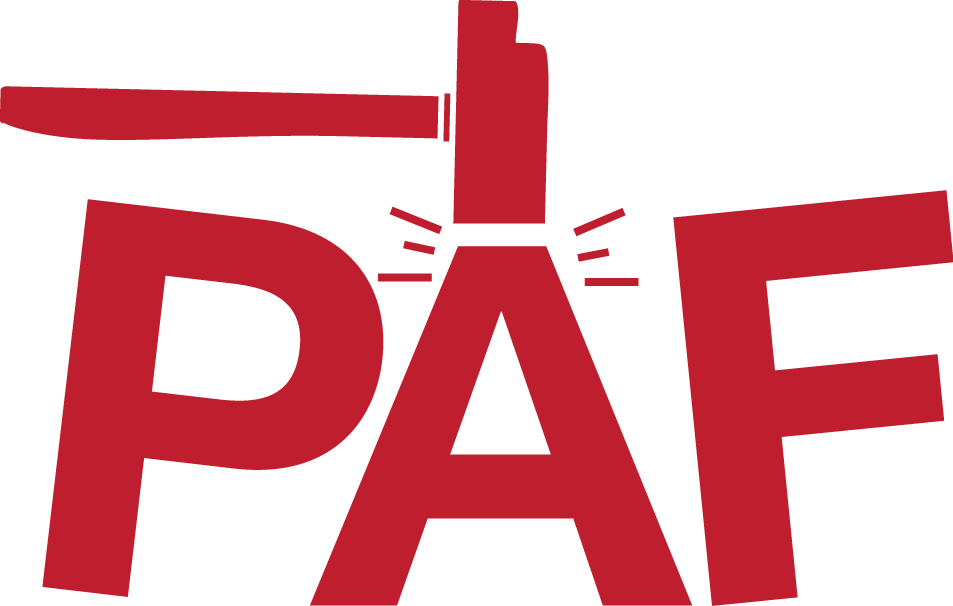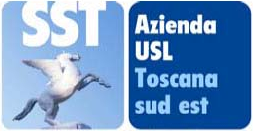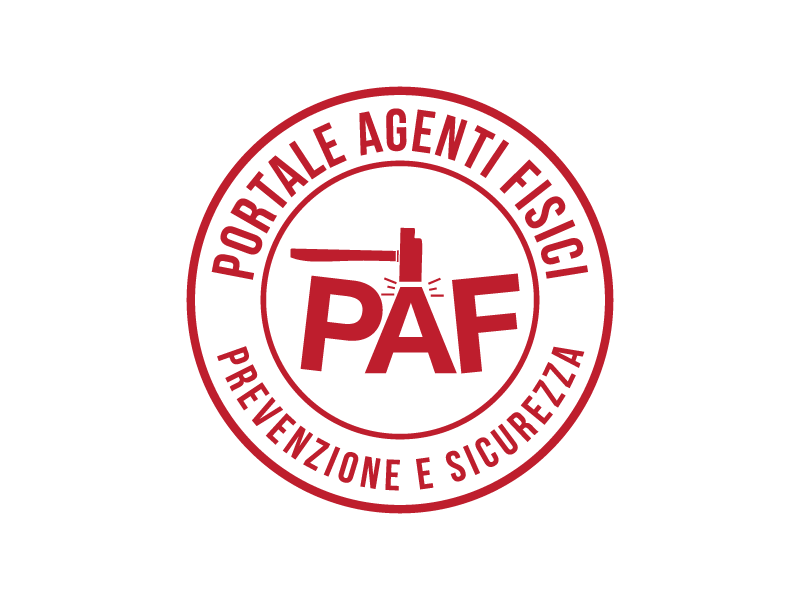EFFECTIVENESS CALCULATOR FOR HEARING PROTECTION DEVICES
developed by Nicola Stacchini, Andrea Bogi, Iole Pinto, Domenico Gioia USL Toscana Sudest Tuscany Agency- Public Health Laboratory of Siena
This procedure allows to assess the effectiveness of widespread hearing protectors such as:
Ear-muffs
Formable ear-plugs
Preshaped ear-plugs.
The manufacturer must supply, along with the protector, the attenuation values that it provides by declaring, in particular, the Simplified Noise Reduction (SNR) index and the attenuation in octave bands.
The procedure allows to choose the hearing protector from a database of Personal Hearing Protectors (PHPs) or to enter its attenuation values manually, if the device is absent from the database.
The procedure uses both the SNR method and the Octave Band Method (OBM).
ELEMENTS THAT REDUCE THE ATTENUATION OF THE HEARING PROTECTOR
Much evidence suggests that the laboratory-measured attenuation is strongly overestimated compared to that achieved in a real working environment for the following reasons:
- the size of the device can be inappropriate to the physical features of the worker (e.g. in the case of preshaped PHPs);
- long hair, beard, glasses that could prevent a good acoustic seal of the ear-muffs;
- inaccurate positioning or insertion of the hearing protector, not compliant with the criteria established by the manufacturer;
- shifting of the hearing protector from the original position (e.g. ear-plugs that move toward the exterior of the ear canal due to mandibular movements or ear-muffs that displace due to movements of the head);
- changes of the hearing protector made by the worker in order to make it more comfortable (e.g. deformation of the ear-muffs to reduce the pressure over the head causing discomfort);
- joined use of other PPEs (e.g. ear-muffs and spectacles);
- inadequate care of the personal hearing protector by the wearer;
- ageing and deterioration of the material composing the hearing protector;
- lack of a system of surveillance for the use and maintenance of the hearing protectors and for their replacement when they are worn-out and no longer adequate;
- lack of adequate training activities on the regular use of the hearing protectors in risk situations and on their proper care and maintenance.
To account for the loss of attenuation due to the elements set forth above, the nominal attenuation values provided by the manufacturer under the CE marking of the PPE are multiplied, within the scope of the effectiveness assessment of the hearing protector worn in real conditions, by the β factors reported in Table C.4. of the UNI 9432.
Table C.4 – Values of the multiplying β factor to be applied to the nominal SNR
| Hearing protector | β |
| Ear-muffs | 0.75 |
| Formable ear-plugs | 0.5 |
| Preshaped ear-plugs | 0.3 |
Values of β greater than those specified in the table (but obviously always lower than 1) are possible if the employer ensures the compliance with the following rules:
- the training of the worker is very accurate and frequently repeated;
- the correct use of the personal hearing protector is strictly checked;
- specific procedures, concerning the storage of the hearing protectors and their replacement are drawn up and implemented in order to ensure the original effectiveness in the period of use.
ASSESSMENT OF THE APPROPRIATENESS AND EFFECTIVENESS OF THE HEARING PROTECTOR
The procedure carries out the assessment of the appropriateness of the hearing protector (with respect to the equivalent sound levels) by using the following criterion.
The level of protection of a hearing protector is determined based on Table 1. This table has been extracted from the standard EN 458.
Table 1. – Assessment of the protection provided by the PPE as a function of the achieved sound level
|
Equivalent sound level calculated by taking into account the hearing protector
L’Aeq,Te (dB)
|
Protection rating |
| greater than 80 | Insufficient |
| from 75 to 80 | Acceptable |
| from 70 to 75 | Good |
| from 65 to 70 | Acceptable |
| less than 65 | Too high (Overprotection) |
A hearing protector is considered to be effective if it allows a "good" or "acceptable" protection i.e. an equivalent continuous sound level equal to L’Aeq,Te when it is worn, as specified in Table 1. It must also be considered that, in any case, the use of a hearing protector must ensure that the level of daily exposure of a worker does not exceed the exposure limit, set to 87 dB(A) by the binding standards.
The values L’Aeq,T < 65 dB (A) can still be considered acceptable provided that there are no contraindications related to the capability of hearing danger signals or alarms or to particular feelings of isolation expressed by the worker.
Since hearing protectors should be made available when the lowest action values are exceeded (LAV: 80 dB (A) for LEX, 8h and / or 135 dB(C) for Lpeak,C), the assessment of effectiveness should be performed when such values are exceeded and in any case where the hearing protectors are provided.
HEARING PROTECTOR EFFECTIVENESS
For the purposes of the effectiveness assessment it is necessary to confirm that:
- there is a system of surveillance for the use and maintenance of the hearing protectors that ensures at least that the employees are wearing the hearing protectors in the proper way, their regular use in risk situations, their proper care and maintenance;
- there is not a significant deterioration in the auditory functionality of workers as determined by the anonymous and collective health report filled out by the competent physician. Should some significant auditory deteriorations occur, it would be necessary to verify their connection with the exposure conditions by addressing the problem with the competent physician.
Go to the details of the calculation algorythm








